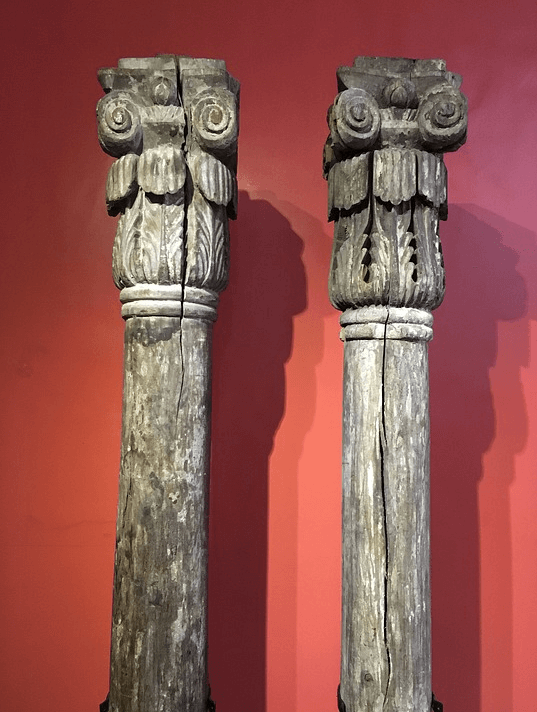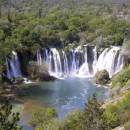Cultural tourism Ljubuski
Cultural tourism and cultural experiences attract travelers searching for authentic cultural attractions, heritage sites, museums, and unique cultural tours. With the option of online booking, visitors can easily plan journeys full of art, history, and local traditions. Discover fascinating stories, explore crafts, and connect with diverse cultures through guided tours, exhibitions, and workshops. Whether you seek inspiration, education, or unforgettable memories, cultural tourism offers enriching adventures for every traveler. Start your cultural travel today and unlock a world of timeless beauty and creativity.
Ljubuski is a city that belongs to maritime Hercegovina. This city, according to documents, was first mentioned in the year 1444 under the name Lubussa. The municipality of Ljubuski has a population of around 30,000 people. Along with the well-known rugged Hercegovenian relief, Ljubuski has many luscious fields; Ljubusko, Veljacko, Rastok, and Beris which are all watered by the river with three names, Tihaljina-Mlade-Trebizat, where two beautiful waterfalls lie, Kravice and Kocusa, and many swimming spots. The city lies near significant roadways which lead to Mostar (36km), Makarska (55km), Split (120km), Dubrovnik (130km) and Sarajevo (170km). Ljubuski is an area that has an abundant amount of water which in turn makes it rich in flora and fauna. All in all, it was populated in the pre-historic era which is proven by findings of stone, bones and metal which are all preserved in the museum of Humac in the Franciscan monastery, the oldest museum in Bosnia and Hercegovina, established in the year 1884.
Tourist offers Ljubuski
Gastronomy Ljubuski
Health Tourism Ljubuski
Active Tourism Ljubuski
Culture Tourism Ljubuski
Nightlife Ljubuski
Transfers Ljubuski
Events and entertainment Ljubuski
Excursions Ljubuski
Hotels in Ljubuski
Private accommodations in Ljubuski
Tourist resorts in Ljubuski
Holiday houses in Ljubuski
Villas with Pool in Ljubuski
Camps, mobile homes in Ljubuski
Boat rental in Ljubuski
Farm holidays in Ljubuski
Hostel in Ljubuski
Cultural tourism Ljubuski Offer















 Professional serivce
Professional serivce Quality tourist service
Quality tourist service 14 years in business
14 years in business A large number of satisfied guests
A large number of satisfied guests